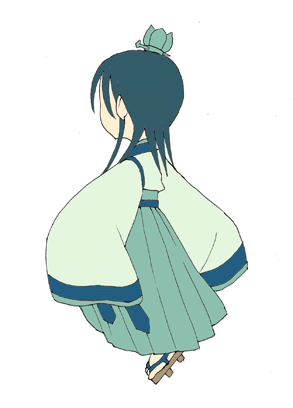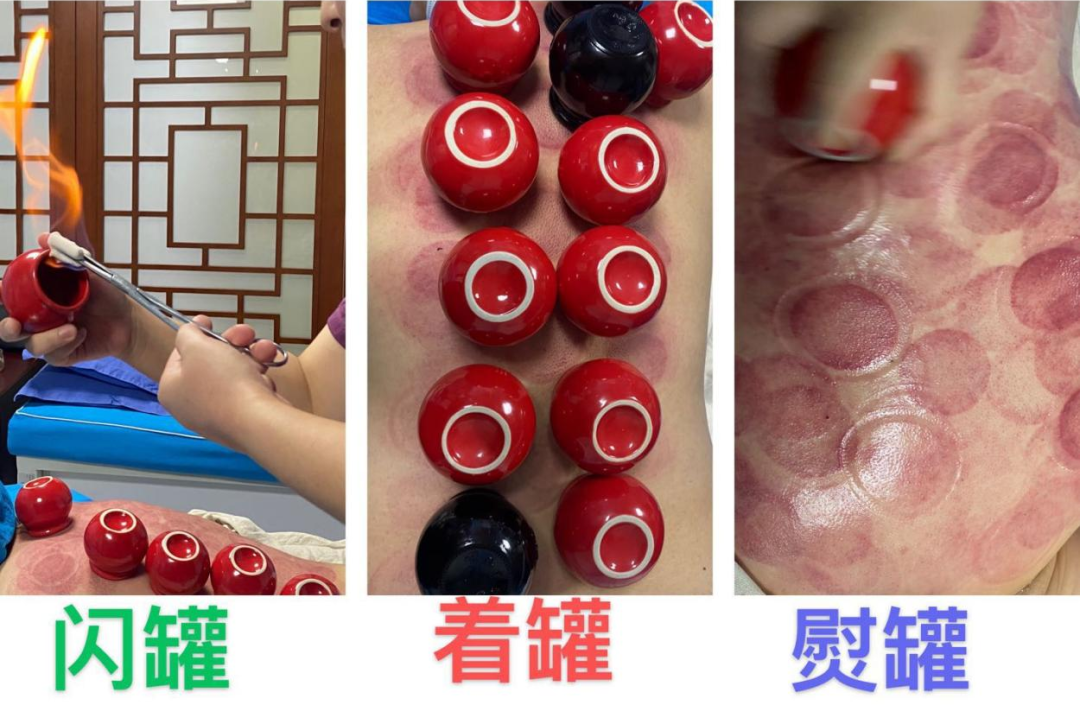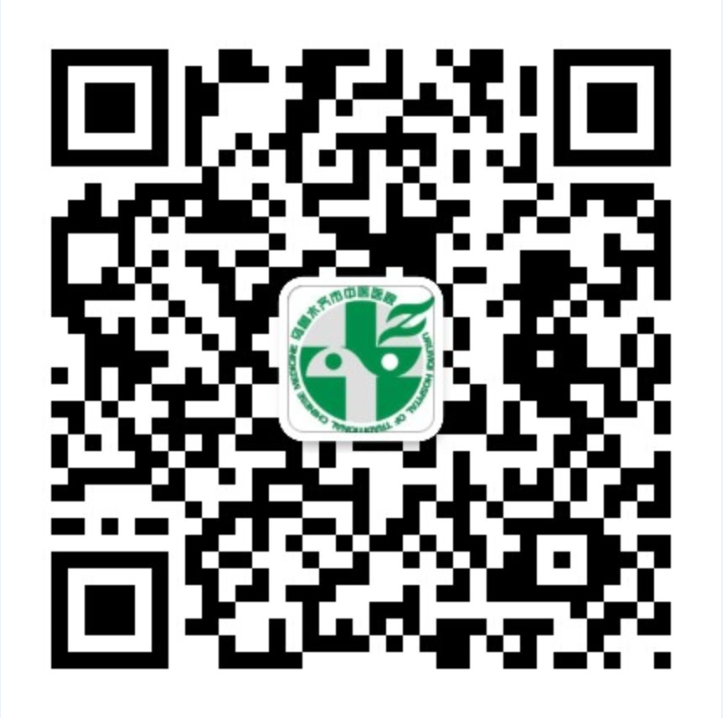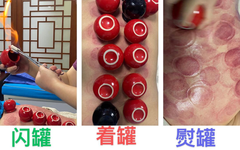Click the blue text

Follow us
New Technique —
You Didn’t Know About
“Leopard Spot”
“Frost descends, autumn drama ends, helplessly entering the cold winter. Gentle winds and fine rain have once been, adding clothes to ward off the cold.”
As we are about to enter the last solar term of autumn, temperatures drop sharply, and the difference between day and night becomes significant, leading to cold and damp evils easily stagnating in the body. Do you often feel heavy, dizzy, easily fatigued, cold-sensitive, or have a sticky mouth? Hurry to the Endocrinology Department of Urumqi Traditional Chinese Medicine Hospital to experience our new cupping therapy — the “Leopard Spot” cupping technique.
1
What is the “Leopard Spot” Cupping Method?
The “Leopard Spot” cupping therapy is based on the “Meridian Flash Cupping” technique taught by Professor Jiang Liangdu of Beijing University of Chinese Medicine, and has been improved and developed by Dr. Fu Yi, Vice President of Kunming Traditional Chinese Medicine Hospital. This therapy involves extensive fire cupping treatment on the three main meridians (two Taiyang meridians and the Governing Vessel) on the back, including Meridian Flash Cupping, Syndrome Differentiation Cupping, and Regulating Cupping. Its effects include stimulating the meridians, warming and promoting Qi and blood flow, hence the name “Leopard Spot” cupping therapy due to the spotted marks left after the treatment.
2
Mechanism of Action
Stimulating the meridians, warming and promoting Qi and blood — ensuring smooth Qi and blood flow.
Eliminating toxins and evils, dispersing cold and damp — providing an outlet for evils.
Activating Qi and invigorating blood, ensuring no pain when smooth — relieving pain through unblocking.
Warming and unblocking the meridians, nourishing internal deficiencies — warming and nourishing.
Regulating Qi mechanism, balancing Yin and Yang — harmonizing Qi mechanism.
The “Leopard Spot” cupping therapy mainly acts on the back (Governing Vessel, back Shu points of the Bladder meridian). The back Shu points treat internal organ diseases and can effectively regulate the Qi mechanism of the organs, enhancing bodily functions. The sensation after treatment is warmth in the back, relaxation throughout the body, and a significant reduction or elimination of fatigue and discomfort.
3
Specific Operation
Flash Cupping: Perform extensive flash cupping on the Governing Vessel and each Taiyang meridian point, ensuring the sound of the cupping is crisp and clear, and the bottom of the cup should feel hot.
Applying Cupping: Apply cups to the affected area as needed based on the condition for 3-5 minutes, avoiding blistering.
Soothing Cupping: After applying cups, perform soothing cupping on the back, rubbing along the path of the Governing Vessel and Bladder meridian three times.

4
Indications
(1) Degenerative cervical spondylosis, lumbar spondylosis, lumbar and back pain, osteoarthritis, and other acute and chronic pain syndromes.
(2) Insomnia, depression, anxiety, chronic fatigue syndrome, and other emotional disorders.
(3) Colds, asthma, allergic rhinitis, urticaria, and other allergic diseases.
(4) Dysmenorrhea, irregular menstruation, infertility, polycystic ovary syndrome, obesity, etc.
5
Diagnosis by Cupping Marks
(1) Dark purple cupping marks — indicate insufficient blood supply and poor circulation, often due to Qi stagnation and blood stasis.
(2) Purple cupping marks with patches — indicate cold congealing and blood stasis.
(3) Bright red cupping marks — indicate Yin deficiency, Qi and blood deficiency, or excessive Yin with Yang fire.
(4) Red and dark cupping marks — indicate high blood lipids, high blood viscosity, and the presence of heat evils.
(5) White skin around the cupping site — often indicates deficiency cold and damp evils.
(6) Blisters appearing at the cupping site — indicate heavy dampness, with yellow blisters often indicating damp-heat syndrome.
6
Contraindications
(1) Patients with tumors, blood disorders, and pregnant women.
(2) Patients with skin lesions or scars and skin diseases.
(3) Patients in the advanced stage of hypertension.
7
Precautions
(1) Due to the significant negative pressure suction effect of the cupping, local skin may develop purple-red bruises corresponding to the size of the cupping site, which will naturally disappear after a few days.
(2) Strictly control the cupping time, approximately 3-5 minutes each time, and adjust based on the patient’s age, constitution, condition, duration of illness, and the site of cupping.
(3) Blisters may appear during treatment; if they occur, avoid breaking them. If the blisters are large, timely management is necessary to prevent infection.
(4) Avoid bathing or wetting the cupping area within 4 hours after cupping, and the treatment course should be conducted according to the condition and medical advice!
The “Leopard Spot” cupping therapy targets specific areas of the body and applies corresponding techniques, making it a simple, side-effect-free green therapy with significant effects and a wide range of applications.
Health Consultation Phone:
Kang Yuan: 18999959539
Mi Ke Ran: 18139635505
Provided by: Endocrinology Department
Urumqi Traditional Chinese Medicine Hospital

Scan to follow us

